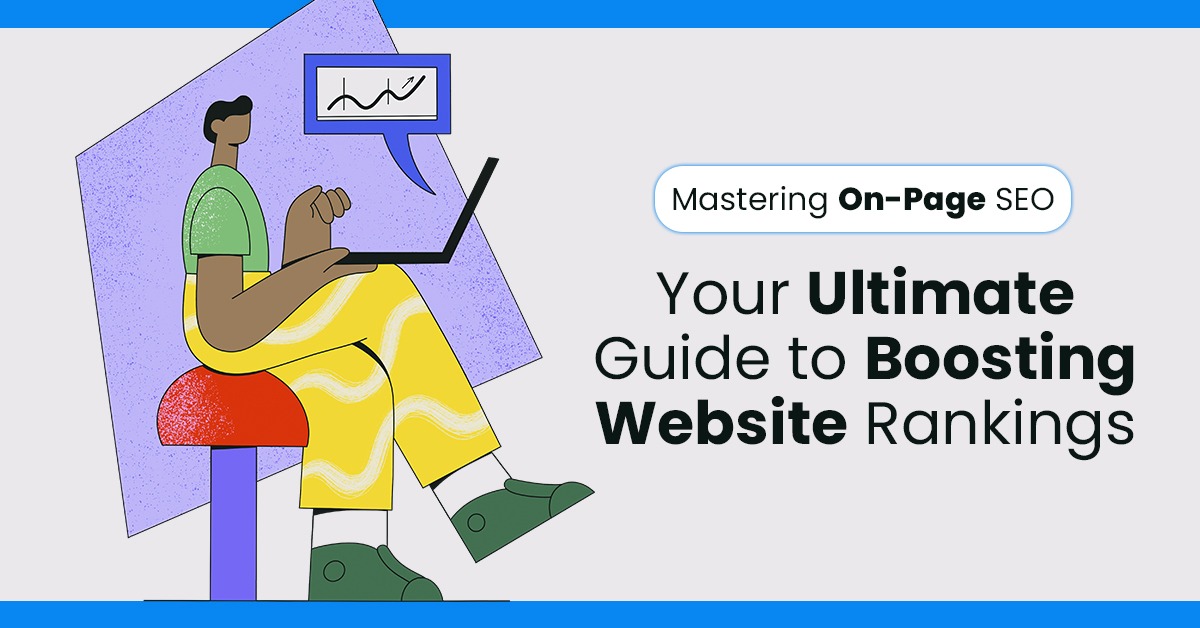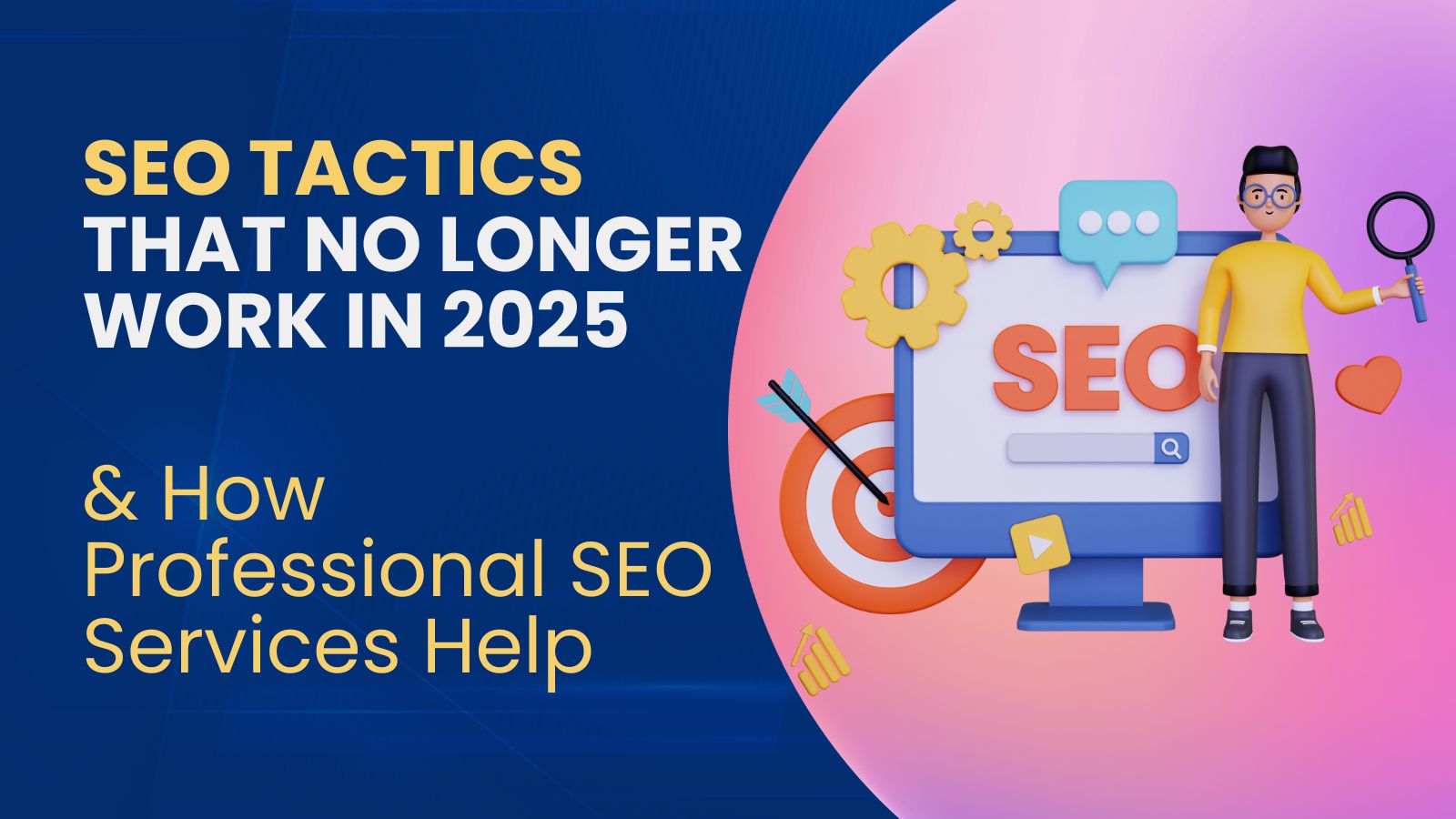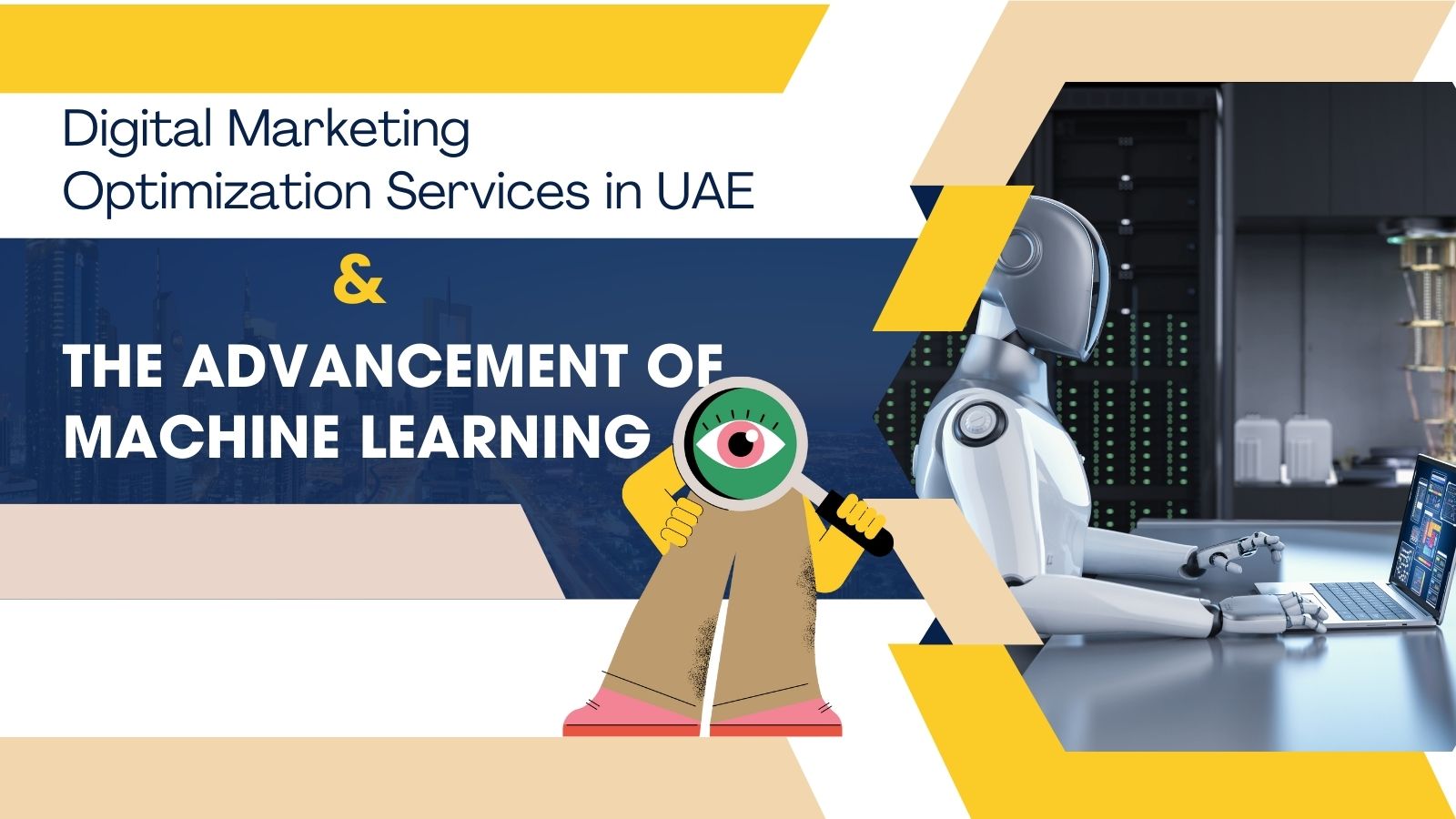Step into Dubai’s gold souk or a high-end diamond boutique and you’ll see brilliance everywhere. But here’s the truth: brilliance alone won’t sell. Digital...
In the vast world of the internet, where every click counts, mastering the art of on-page SEO is like having a secret weapon in your arsenal. Whether you’re a seasoned digital marketer or just dipping your toes into the realm of online presence, understanding and implementing on-page optimization techniques can significantly impact your website’s visibility and success. Let’s delve into the world of On-Page SEO, accompanied by the insights of SEO experts in Dubai.
So, what exactly is on-page SEO, and why is it so crucial?
On-page SEO revolves around fine-tuning various elements within your webpage to not only attract search engines but also provide a seamless experience for your visitors. While off-page strategies like link building certainly have their place, it’s the on-page factors that you have complete control over, making them the cornerstone of any effective SEO strategy.
Let’s delve into the nitty-gritty of on-page optimization and uncover the key elements that can elevate your website’s ranking game.
Understanding On-Page SEO: The Building Blocks of Success
At its core, on-page SEO is all about making your webpage easily understandable and accessible to both human users and search engine algorithms. It’s about crafting content that resonates with your audience while sending clear signals to search engines about your page’s relevance and value.
Here’s a breakdown of the essential on-page elements you need to optimize for maximum impact:
1. Content Is King:
Header Tags: Use clear and specific header tags (H1, H2, etc.) to outline the structure of your page and guide users through its content.
Titles: Craft compelling titles that not only capture attention but also align with the theme of your page and entice clicks.
Description: While meta descriptions don’t directly affect rankings, they play a crucial role in attracting clicks by providing a concise summary of your page’s content.
Content Quality: Focus on creating high-quality, informative content that meets the needs of your audience and provides valuable insights.
Internal and External Links: Incorporate relevant internal and external links to enhance the credibility and authority of your content.
2. Technical Optimization:
Naming Clickable Elements: Optimize the names of clickable elements such as buttons and links to provide context and improve user experience.
Page Speed: Ensure fast-loading pages by implementing caching, prioritizing fetches, and leveraging techniques like lazy loading.
Canonical Links: Use canonical tags to prevent duplicate content issues and specify the preferred version of your pages.
Meta Robots: Utilize meta robots tags to control search engine indexing and crawling behavior, optimizing page visibility.
3. Leveraging Schema Markup:
Schema markup provides a structured way to communicate essential information about your content to search engines, enhancing its visibility and relevance.
4. Header Tags Clarified:
- Integrate within the “Header Tags” Section: Expand on the importance of using header tags effectively to enhance content structure and readability.
- Include Best Practices: Offer guidelines on using header tags hierarchically, emphasizing the significance of maintaining consistency and avoiding keyword stuffing.
5. Optimizing Images for SEO:
- Enhance the “Images” Section: Introduce a subsection dedicated to image optimization, discussing the impact of descriptive filenames, alt text, and descriptions on SEO.
- Provide Practical Tips: Offer actionable advice on naming images and filling out alt text and descriptions to maximize accessibility and search engine visibility.
6. Incorporating Customer Insights:
- Integrate within the “Content” Section: Expand the discussion on content optimization to include leveraging customer insights for enhanced relevance and authority.
- Highlight Benefits: Emphasize the value of addressing customer queries and concerns directly in content creation, fostering trust with both users and search engines.
7. Fine-Tuning Technical Elements:
- Expand the “Technical Optimization” Section: Add subsections to cover naming clickable elements, prioritizing page speed, and implementing canonical links and meta robots tags.
- Provide Implementation Tips: Offer practical strategies and techniques for implementing technical optimizations effectively, ensuring seamless integration with your overall SEO strategy.
8. Harnessing the Power of Schema Markup:
- Introduce a New Section: Create a dedicated section to discuss the importance of schema markup and its impact on search engine visibility.
- Explore Schema Types: Provide an overview of various schema types and their applications, guiding readers on leveraging schema markup to enhance content relevance and visibility.
Conclusion:
Mastering on-page SEO isn’t about chasing tricky rules or stuffing keywords everywhere. Instead, it’s about making your website helpful and enjoyable for people, while also making search engines happy.
To do this, you need to focus on improving certain parts of your website. This can help more people find your site and bring in the right kind of visitors. So, get ready to work on your website’s details and see it move up in search engine rankings, step by step.
For expert SEO services in Dubai, UAE look no further than Elevate Digital Services. As the leading SEO company in Dubai, our team of seasoned experts is dedicated to propelling your website to the top of search engine rankings. Experience the difference of our proven SEO process and witness your business soar to unprecedented success. With our sustainable and ethical techniques, we aim to create a robust website profile, ensuring a consistent flow of high-quality leads to your business. Say goodbye to ineffective websites and hello to online prosperity with Elevate Digital Services.




